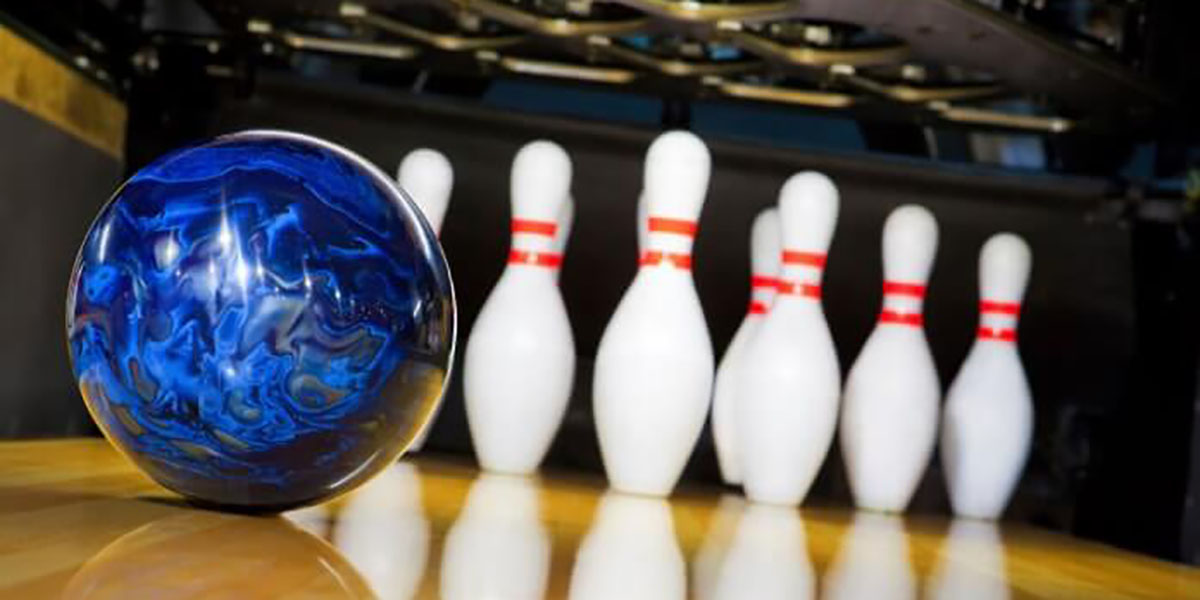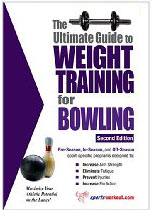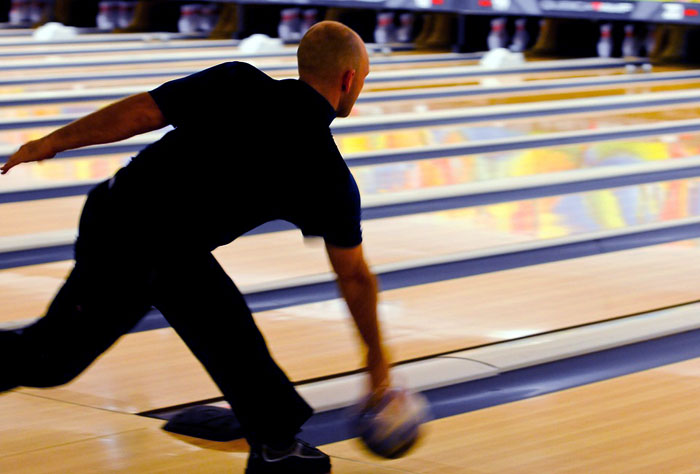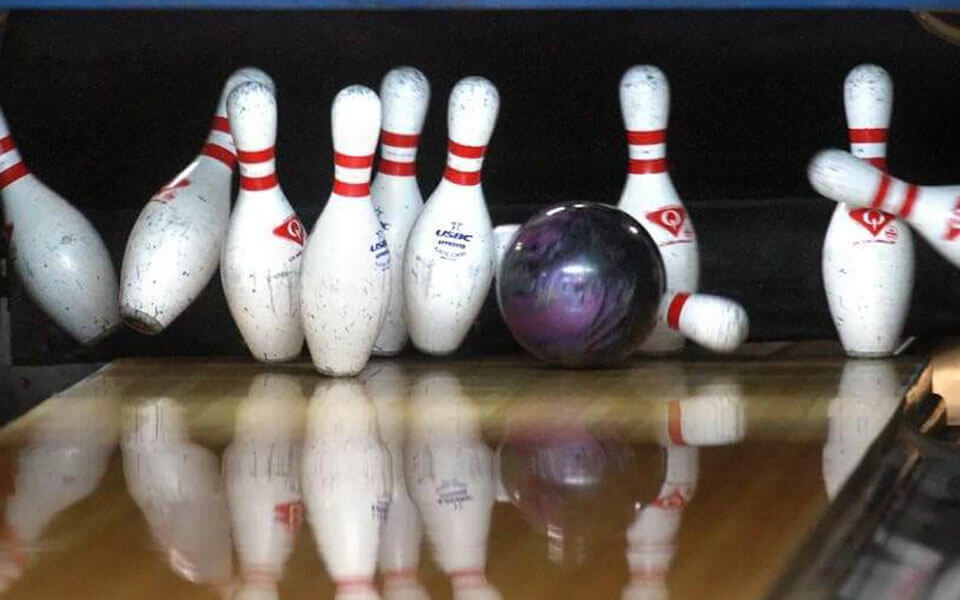Fitness Training for Bowling

Bowling Training Tips
August 12, 2019
Get Fit for Bowling Through Weight Training Search
September 11, 2019Nearly every sport requires a certain degree of fitness. The fitness level, and therefore the training required, depends on the sport. This is what we call sport specific training. Even if a training program doesn’t directly help your score, it could help reduce injury and keep you on the lanes for longer. By being able to practice your bowling for longer periods without fatigue, your scores should improve.
What areas to train?
The following factors are some of the important physiological and physical attributes of a successful bowler: exceptional hand/eye co-ordination and balance, good flexibility, strength and aerobic fitness and low body fat.
A good musculoskeletal system maximizes bowling power and control, and minimizes injury risk. A good level of endurance keep you healthy, reduces fatigue and aids recovery. Your training should reflect these demands of bowling and aim to improve the areas which will have an impact on your game.
Bowlers have a high injury rate in the shoulders, knees, hips, elbows and wrists. You can reduce your injury potential by paying close attention to these areas in your conditioning program.
A fit bowler is one with adequate levels of these main physical components of fitness for bowlers.

Ultimate Guide to
Weight Training for Bowling
- Strength — body strength is required for carrying the ball (and the heavier the ball you can use is often better for performance), and strength is required to hold body positions to correctly execute the skill of bowling. Resistance exercises can help develop your strength. You should focus on upper and lower body strength, as well as core body strength. See more about strength training for bowlers.
- Power — upper body power is important in the bowling delivery. Improvements in strength gained through resistance exercises, in combination with power exercises such as medicine ball throwing can develop your power.
- Cardiovascular Endurance — Although aerobic endurance plays only a minor role in bowling performance, it plays a major role in your health. A level of endurance fitness is necessary for you to reduce fatigue during games, and if you are in tournament play you will need to keep fresh and recover well after several days of bowling. The recommended training level for improving cardiovascular endurance is at least three sessions per week of at least 30 minutes each. You can improve your endurance with regular exercises of moderate intensity over 20-60 minutes, such as cycling and jogging. You can keep track of your improvements in aerobic fitness using this simple fitness test. There are a range of other aerobic fitness testsavailable too.
- Flexibility — Being flexible enables you to perform the actions of bowling fully, and those who are more flexible will have a much lower risk of muscle strains and sprains. You should perform regular stretching exercises as part of your warm upand at other times to improve you flexibility.

tenpin bowling can be physically taxing
Should you warm-up?
It is very important to warm-up before any fitness training session, and even before bowling. You can do this by doing some very light aerobic (low intensity) exercise for a few minutes, followed by some stretching exercises. The stretching exercises should include the body parts that are being used, and should take you at least through the range of motion that will be involved in the exercise. See warming up for bowling page for more information.
Where to next?
There is a wealth of information on the internet about training for sports, from running to weight training. Be careful interpreting what you read. The challenge is to find scientifically sound information that is relevant to bowling. The details of a conditioning program have not been provided, as this needs to be developed on an individual basis. Ask a personal trainer to design the details of a program, based on the principles discussed above.



